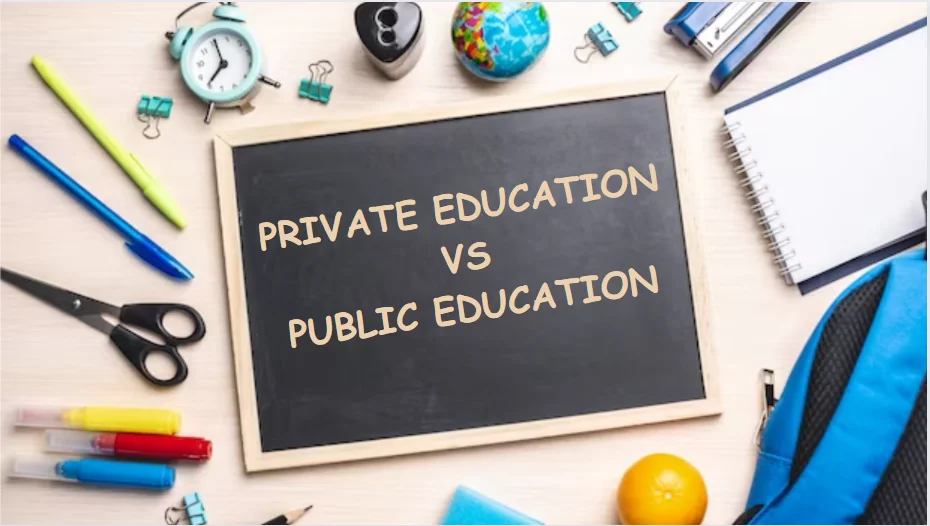
Update: This article was last updated on 20th December 2023 to reflect the accuracy and up-to-date information on the page.
When it comes to education, one of the biggest decisions you will make for your child is where to send them to school. There are two primary options available to you – public and private education. Understanding the key differences between these two models can help you make an informed decision that is best for your child’s academic and personal growth.
There are approximately 33,000 private schools and 98,000 public schools in the United States, according to the National Center for Education Statistics (NCES), which is a division of the U.S. Department of Education. Undoubtedly, selecting the ideal school from the numerous available options can be a daunting task.

Let’s take a closer look at the differences between private and public education.
Comparison Chart: Private School vs Public School
| Topic | Private School | Public School |
|---|---|---|
| Current Rating | 3.7/5 (342 ratings) |
3.76/5 (360 ratings) |
| Introduction | Private individuals or a corporation run and supported elementary/ secondary schools | Public funds support elementary/ secondary schools in the United States and provide free education to children of a community or district. |
| Education | The curriculum decided by the school board | Mandated by state curriculum. More often by the Common Core national standards. |
| Schedule | The school prepares the schedule | The schedule is often a mix of graduation requirements and electives |
| Teachers | May or may not be certified but often hold a graduate degree or higher education. | Teachers must meet all state-mandated requirements and be highly proficient in their subject area (i.e. have at least a bachelor's degree with a major in their subject). Most teachers have Master's Degrees. |
| Technology | Depends on the school. Private schools with higher tuition have more up-to-date technology. | Depends on the school; can be very modern or relatively outdated. |
| Funding | Tuition, gifts, endowments, private corporations, fundraising events. | Federal government, State government, Local government (people's taxes), grants, awards, donations. |
| Accreditation Agency | Private accreditation agencies like • National Association of Independent Schools • National Council for Private School Accreditation • Commission on Transregional and International Accreditation. |
State Board of Education. |
| Admission Criteria | Not determined by student address. | School zoning is determined by student address. |
| Purpose | Build a religious foundation for youth. Not much education about real-life situations, such as tax and funding. | To teach children and spend money provided by the community through taxes and bond initiatives |
| Denial of Admission | The school reserves the right to deny admission to a student if s/he does not meet the eligibility criteria as decided by the school. | Schools cannot deny admission to any student within the designated geographical area of the school. |
| Transportation | Provided by the school or arranged by the student. | Provided by the school within the designated area. |
| Class Size | Roughly 16 occupants or fewer. Very rarely more. | About 20-25 per room. |
| Social Life | More secluded groups. Students get to know other students greatly. No preparation in elementary or junior high schools. High school shows a variety of in a co-ed school. | The larger pool of people allows for more social interaction. Opportunities for sports, clubs, community service groups, and other after-school activities help broaden students' boundaries. Very good preparation for the social pressures of college. |
| School Calendar | Set by school | Decided by the district for all schools in the district |
| Bullying | Handled by the principal or dean of students. Usually, punishments are suspension or in-school suspension. | Teachers are trained to intervene, and most schools now have cameras to help deter bullying. However, it is hard to manage classrooms with 25 students, and in a litigious society, some teachers avoid conflicts. |
| Religious Affiliations | Can have religious affiliations | None |
| Curriculum | May create own Curriculum. | Common Core standards; State standards. |
Recommended for reading: HOW NUTRITION INFLUENCES STUDENT LEARNING POTENTIAL AND SCHOOL PERFORMANCE
10 Key Differences Between Private and Public Schools
1. Funding and Affordability
One of the most notable contrasts between private and public education is its affordability. Public schools, being government-funded, are free of cost.
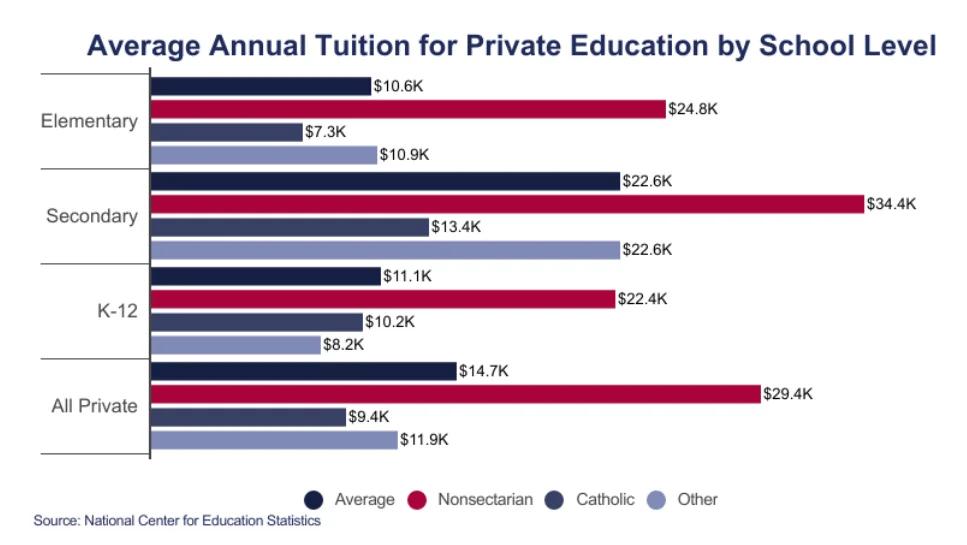
Conversely, private schools rely heavily on financial support from private donors, trustees, and other stakeholders, leading to a comparatively higher cost than public schools.
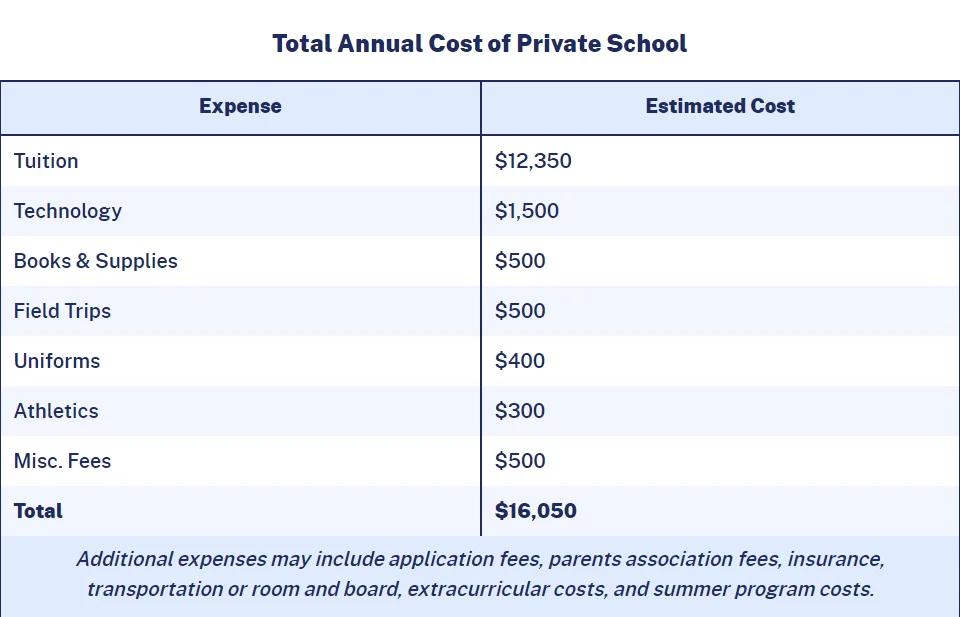
In the United States, the average annual tuition fee for private K-12 schools is around $23,839, with education sometimes surging as high as $292,719 per year, depending on several factors.
2. Class Sizes
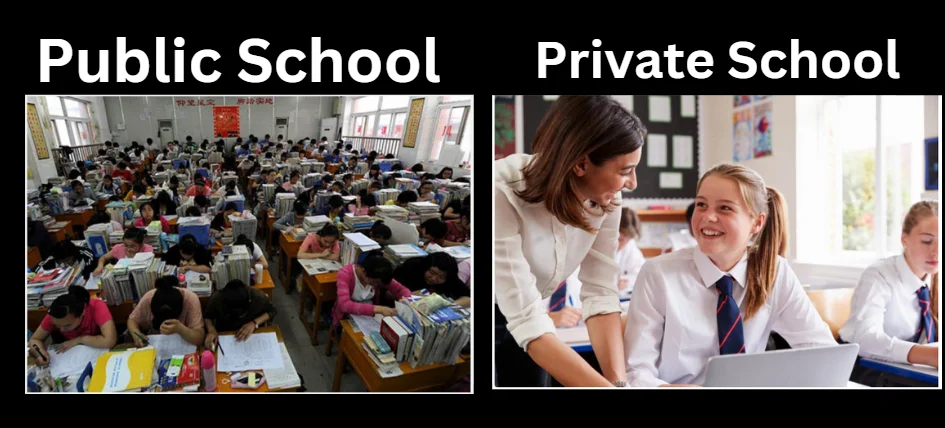
Public and private schools differ significantly in class size. Public schools typically have larger class sizes, making it harder for teachers to provide individualized attention to each student. On the other hand, private schools have smaller class sizes, allowing teachers to personalize their teaching methods and get to know each student on a deeper level.
In urban public schools, the class size can be as large as 25 to 30 students or more. In comparison, most private schools maintain smaller classes, with an average of 10 to 15 students, depending on the institution.
A smaller class size facilitates more one-on-one interactions between teachers and students, leading to a more personalized learning experience. However, it’s also important to note that smaller class sizes in private schools may not always translate to better educational outcomes.
While smaller class sizes can facilitate more personalized learning experiences, other factors such as teacher quality, curriculum, and resources also play a critical role in determining educational outcomes.
Recommended for reading: BEST AEROSPACE ENGINEERING SCHOOL
3. Curriculum and Programs
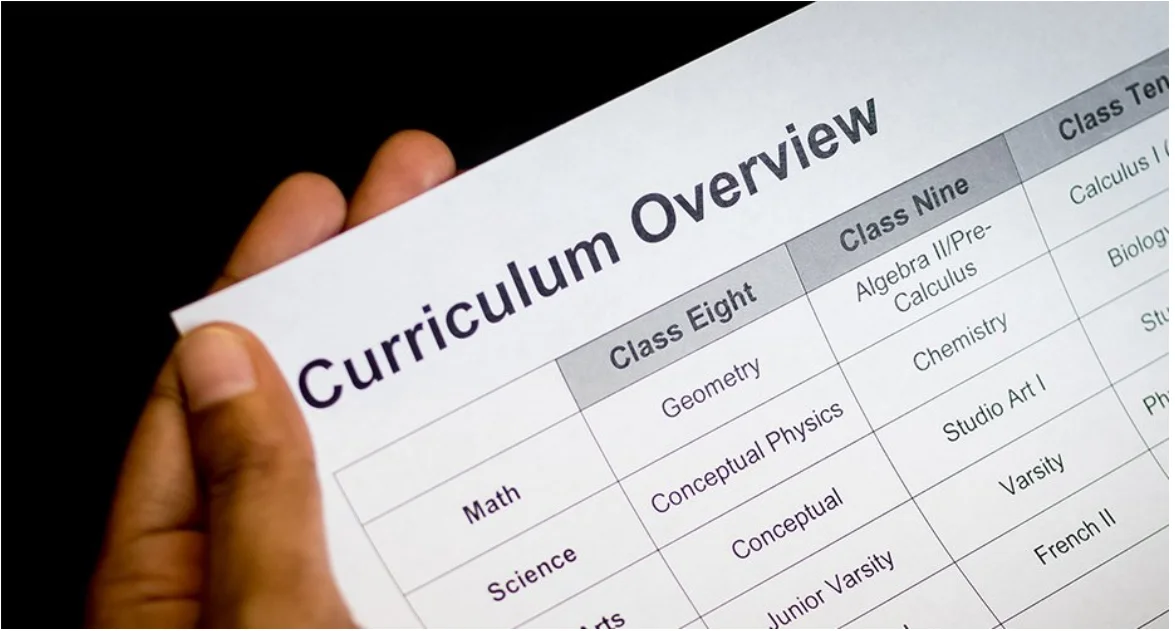
Image Source: https://callenboutin.wordpress.com/2019/09/18/reflection-2-the-many-faces-of-curriculum/
Talking about curriculum, public schools operate under a regulated curriculum that is standardized for all students due to their government funding. As a result, they have less flexibility to provide targeted learning experiences that cater to each student’s unique learning style.
Private schools, on the other hand, have greater autonomy to design and implement their curricula that are often in sync with the latest technologies and economic trends.
Private schools focus on the holistic development of a child by offering a range of intellectual, philosophical, and specialized programs that cater to specific interests or learning styles. This approach allows students to explore their interests and passions in greater depth, which can lead to a more fulfilling educational experience.
4. Teacher Qualifications
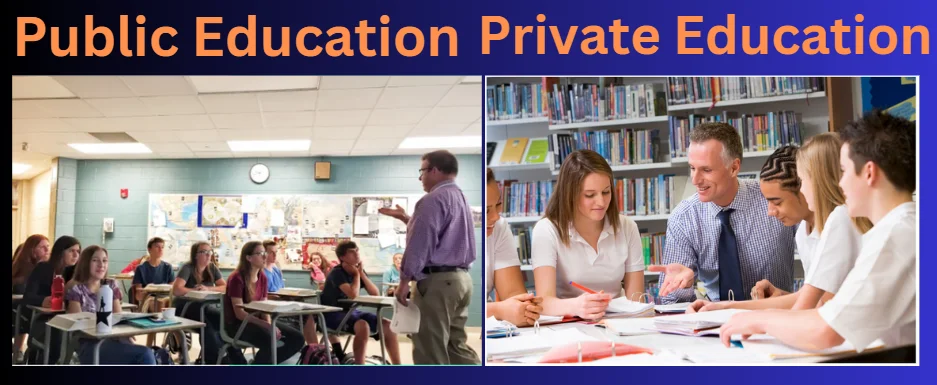
Public schools have stricter accountability standards than private schools and therefore require their teachers to meet more demanding qualifications. In most cases, public school teachers must have at least a bachelor’s degree in education or a related field, and many states also require them to pass a licensing exam.
On the contrary, private schools have more flexibility when hiring teachers. While many private schools still prefer to hire teachers with a bachelor’s degree in education or a related field, some may hire teachers with just a high school diploma or equivalent.
Private schools are not subject to the same licensing requirements as public schools, meaning that teachers may not need to pass a licensing exam to teach in a private school.
Recommended for reading: BENEFITS OF AFTER SCHOOL ROBOTICS PROGRAM FOR KIDS
5. Extracurricular Activities
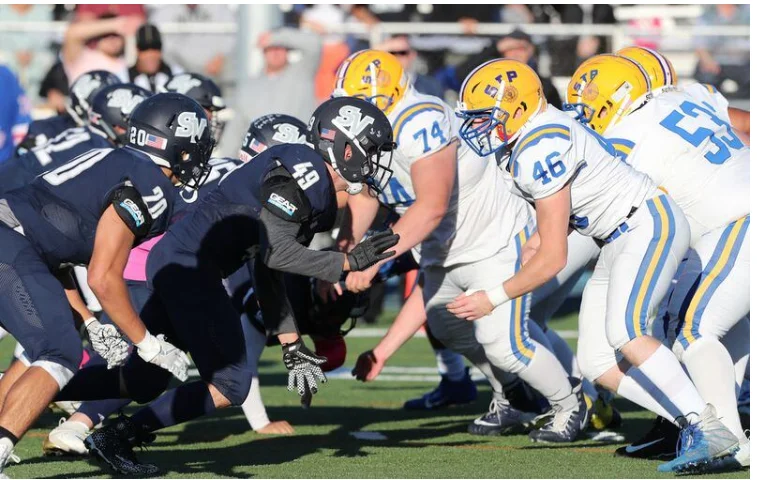
Image Source: https://www.silive.com/coronavirus/2020/07/reopening-schools-what-we-know-about-sports-extracurricular-activities.html
Public schools often have a wide range of clubs, such as theater, design, art, music, and other community services that students can participate in. They also have various sports teams, including soccer, baseball, tennis, and cricket.
Private schools may also offer these types of activities, but they may be more specialized and focused on particular interests or hobbies. Some private schools are fairly large and have the potential to offer a wide range of clubs, but some may not have sufficient infrastructure to support such activities. Many private schools do not even have soccer teams!
💡 Rule of thumb: Talk to your child about their interest and make sure the school you chose has those clubs to cater to your child’s interests.
6. Admission Criteria
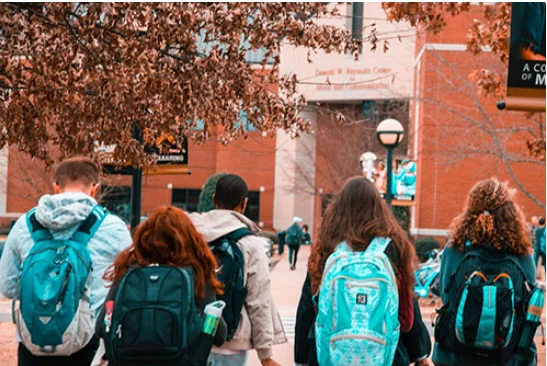
Image Source: https://www.arkware.com/creating-a-student-database-with-microsoft-access/
The entry points into public and private education are very different. Public schools benefit from open enrollment policies that consider home location, allowing them to attract a diverse student body that is reflective of the surrounding community.
Private schools have more homogenous academic environments due to their selective admission practices, which focus more on academic achievements, interviews, and recommendations.
The combination of these multiple admission criteria shapes not only the composition of the student body, but also the overall educational landscape, which highlights the impact of these strategies on society and academia.
Recommended for reading: BEST NON-IVY LEAGUE SCHOOLS
7. Religious Affiliation
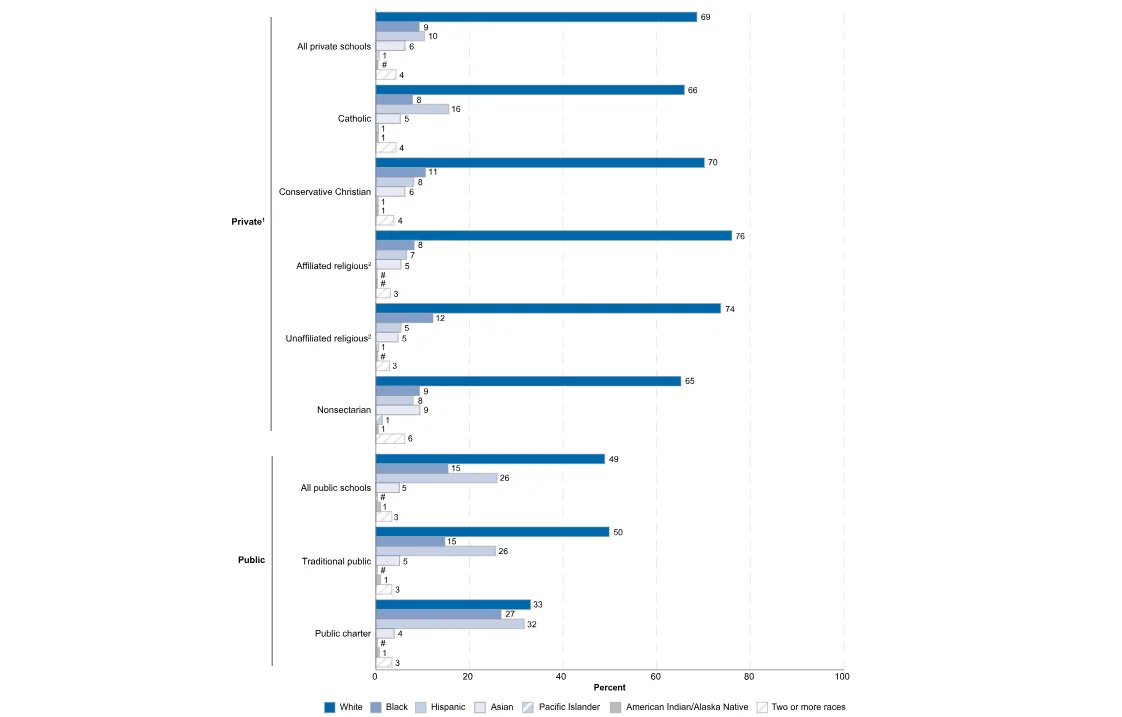
Image Source: nces.ed.gov/programs/schoolchoice/ind_03.asp
The spiritual dimension is another major difference between public schools and private schools. Public schools have no religious affiliation because they are, by definition, secular schools. Private schools can easily incorporate religious instruction into their curriculum, which creates a unique learning setting.
Parents are faced with the challenge of choosing between a religious and a non-religious educational setting, which requires a serious assessment of their religious beliefs and interests.
Recommended for reading: TOP 10 AFTERSCHOOL ENRICHMENT ACTIVITIES FOR KIDS
8. Facility and Resource Allocation
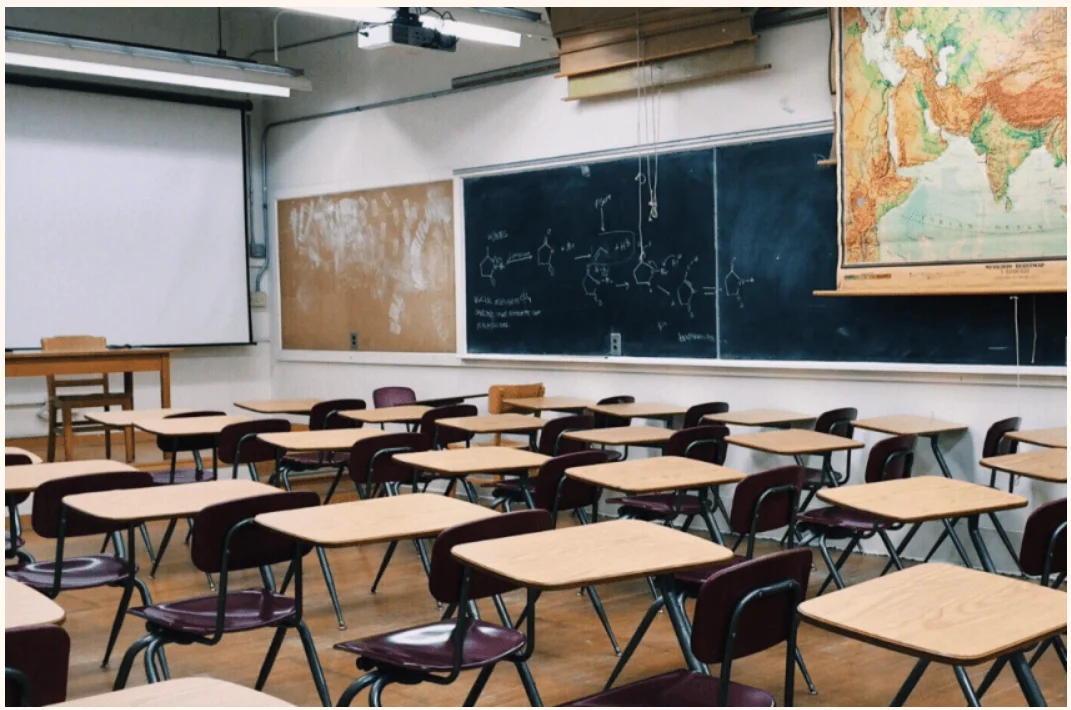
Image Source: https://www.rhombus.com/blog/are-security-cameras-allowed-in-school-classrooms-and-are-they-legal/
The financial situation of an educational institution can have a significant impact on the allocation of facilities and resources. Public schools, in particular, are subject to financial constraints that may influence the allocation of resources. Conversely, private schools, supported by tuition fees and individual donations, often have more financial freedom to allocate resources. This financial freedom may result in improved facilities, access to advanced technology, and an expanded variety of after-school programs.
9. Parental Involvement
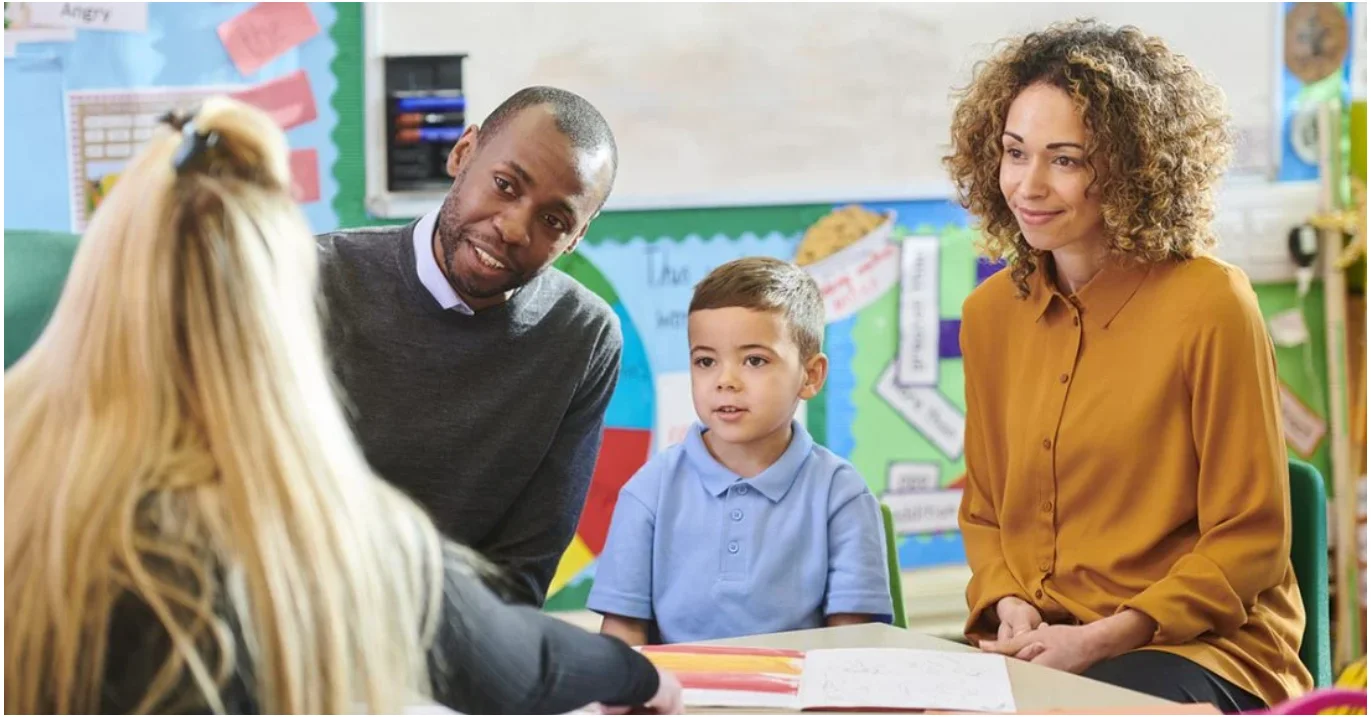
Image Source: https://wiserread.com/barriers-to-communication-between-parents-and-teachers/
The partnership between schools and parents emerges as a crucial factor in a child’s educational journey. Public schools commonly foster parental involvement through mechanisms such as parent-teacher associations and school events.
While private schools may also emphasize parental engagement, the level of involvement can vary. Understanding the expectations for parental participation is crucial for cultivating a harmonious relationship between families and the school community.
10. Educational Philosophy
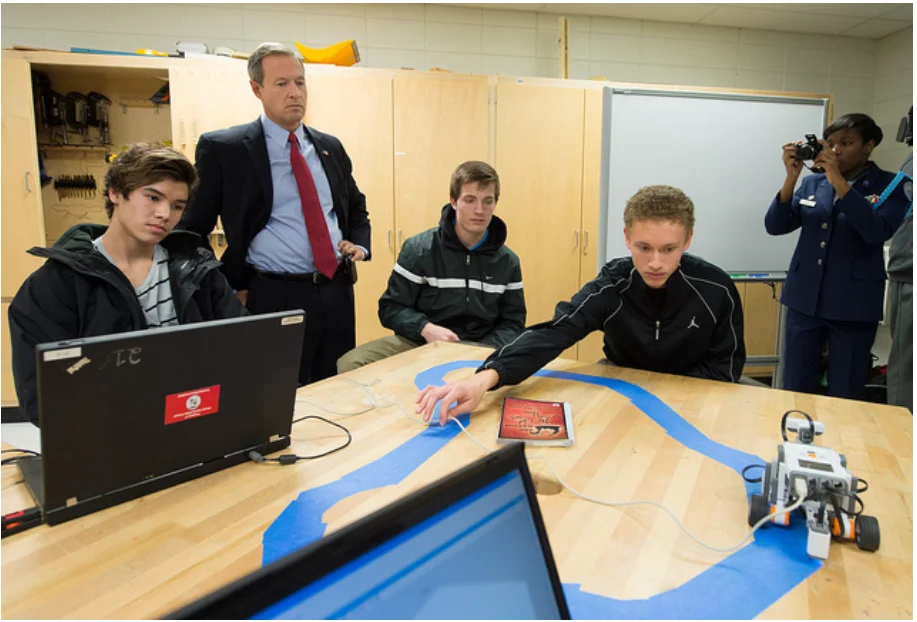
Image Source: https://www.theedadvocate.org/understanding-4-main-schools-philosophy-principle-idealism/
The philosophical foundations of education can lead to a significant difference in the approach taken by public and private schools. Public schools are typically guided by standardized tests and academic standards that are imposed by the state and federal governments.
Private schools, on the other hand, may have a more flexible approach and may advocate for alternative educational philosophies, such as the Montessori method, the Waldorf method, or project-based learning. This variety of approaches allows for a wider range of learning approaches and preferences, thus providing students with a more enriching learning experience.
Additional Considerations:
- Special Education Services: Public schools are legally obligated to provide free and appropriate special education services to students with disabilities. Private schools may not offer the same level of support, and families may need to seek additional resources.
- Extracurricular Activities: Both public and private schools offer a variety of extracurricular activities, but the selection and availability may differ. Public schools may have more limitations due to budget constraints, while private schools may offer unique or specialized programs.
- School Culture and Environment: Consider the overall school culture, including discipline policies, student-teacher relationships, and the emphasis on academics or extracurricular activities. Choose a school environment that aligns with your family values and fosters your child’s well-being.
Conclusion
Making the Right Choice
When choosing between private and public education, there is no one-size-fits-all answer. The right choice for your child will depend on various factors, including your family’s budget, your child’s academic and personal needs, and your values and priorities.
It’s important to research and carefully evaluate each school you’re considering. Talk to other parents with children at the school, schedule a tour, and ask questions about the school’s curriculum, teacher qualifications, and extracurricular offerings.
Whether you choose private or public education, make sure that your child feels safe, supported, and engaged.
Moonpreneur is on a mission to educate and ignite the flames of entrepreneurship through our holistically created online STEM programs, which will help kids master the futuristic sciences such as Robotics, Game Development, App Development, Advanced Math, Math-Quiz to test your kids knowledge and much more!!
Register for a free 60-minute robotics and Coding workshop today!
















One more main key difference is Public schools are typically more diverse than private schools
Are there more opportunities for scholarships or financial aid in private schools compared to public schools?
Yes, Private schools offer more scholarships or financial aid opportunities, but this can vary widely depending on the specific school and its policies